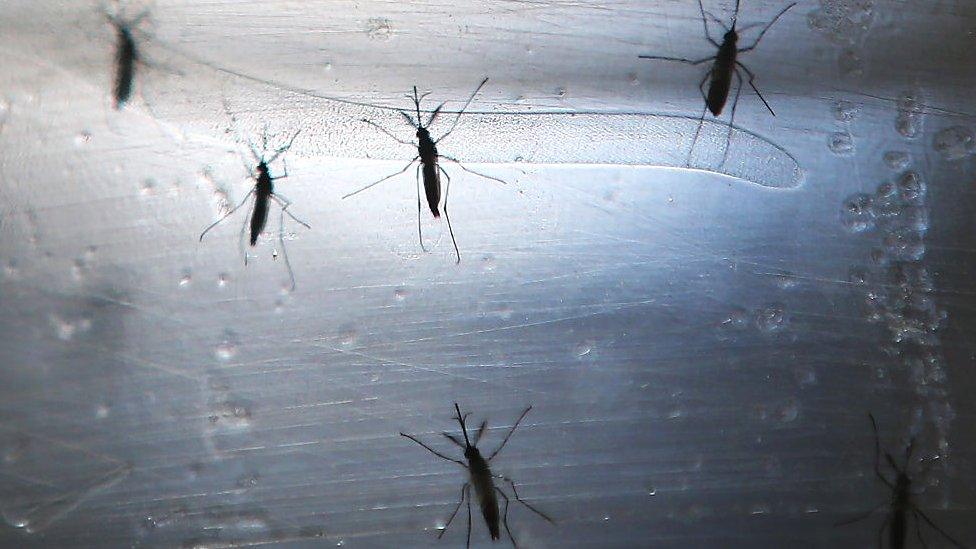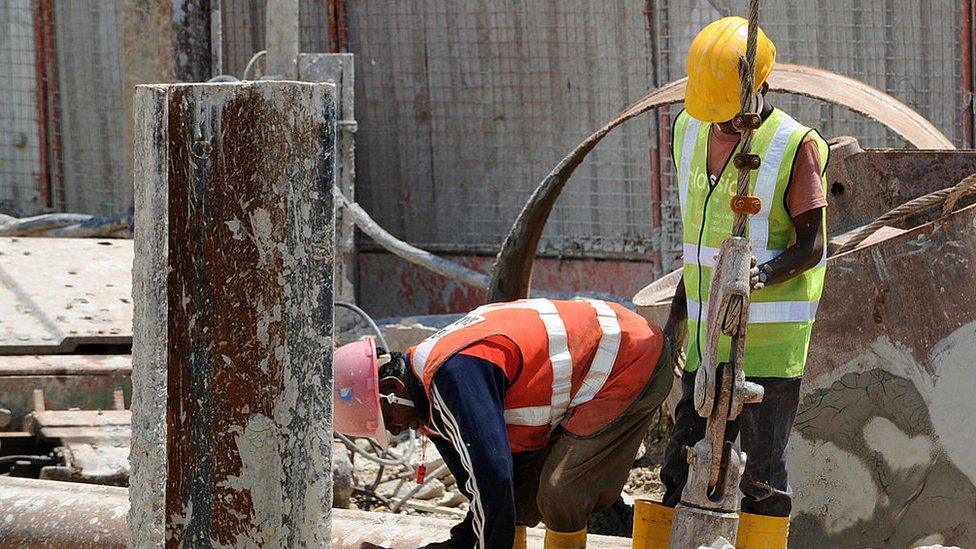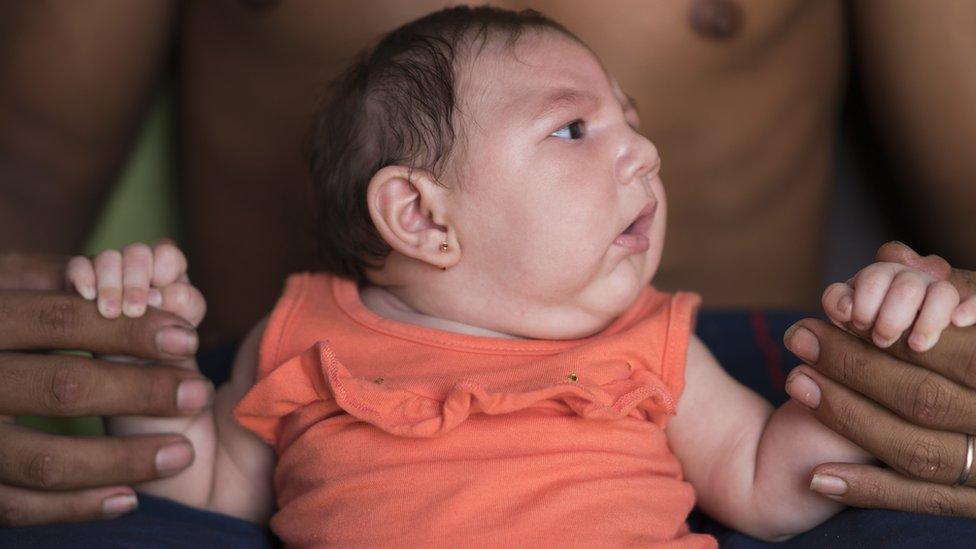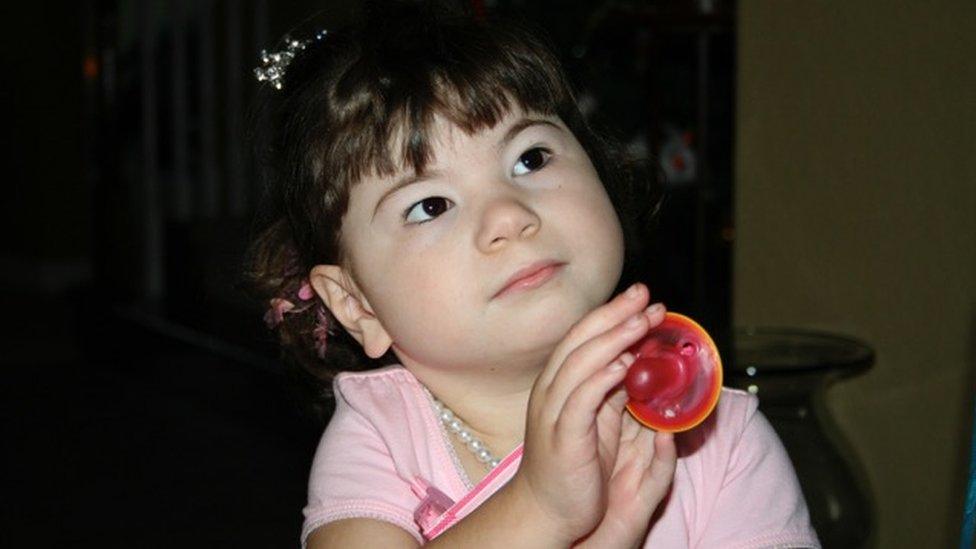Zika virus: Singapore confirms 41 locally transmitted cases
- Published

Singapore has confirmed 41 cases of the Zika virus which were locally transmitted.
Most of those infected were foreign construction workers, and all lived or worked within the same region of the country, said the health ministry., external
None were known to have travelled to Zika-affected areas recently. Thirty-four people have fully recovered but seven are still in hospital.
Zika generally has mild effects but has been linked to severe birth defects.
It is suspected of causing a condition called microcephaly, a deformation in which babies are born with small heads.
Zika, which is spread by mosquitoes but can also be sexually transmitted, was declared a global public health emergency by the World Health Organization in February.

What are the symptoms of Zika?
Deaths are rare and only one-in-five people infected is thought to develop symptoms.
These include mild fever, conjunctivitis (red, sore eyes), headache, joint pain or a rash.
A rare nervous system disorder, Guillain-Barre syndrome, that can cause temporary paralysis has been linked to the infection.
There is no vaccine or drug treatment so patients are advised to rest and drink plenty of fluids.

Singapore declared its first imported Zika case in May, a 48-year-old local who had travelled to Brazil, where the outbreak started.
On Saturday, it announced that a 37-year-old Malaysian woman had contracted the virus locally. She is the only confirmed female case so far.

Singapore is home to thousands of foreign construction workers, many of them from South Asia
Thirty-six of the 41 cases announced on Sunday were foreign workers who worked in the same construction site.
Work at the site has been halted after housekeeping was found to be "unsatisfactory with potential breeding habitats favourable to mosquito breeding".
The ministry said in a statement that it could not "rule out further community transmission, since more of those tested positive also live or work in other parts of Singapore".
"We expect to identify more positive cases," it added.
- Published31 August 2016

- Published14 July 2016

- Published3 February 2016
